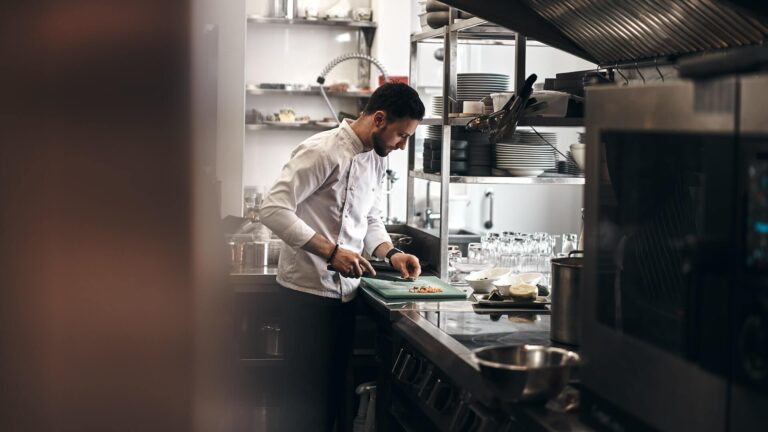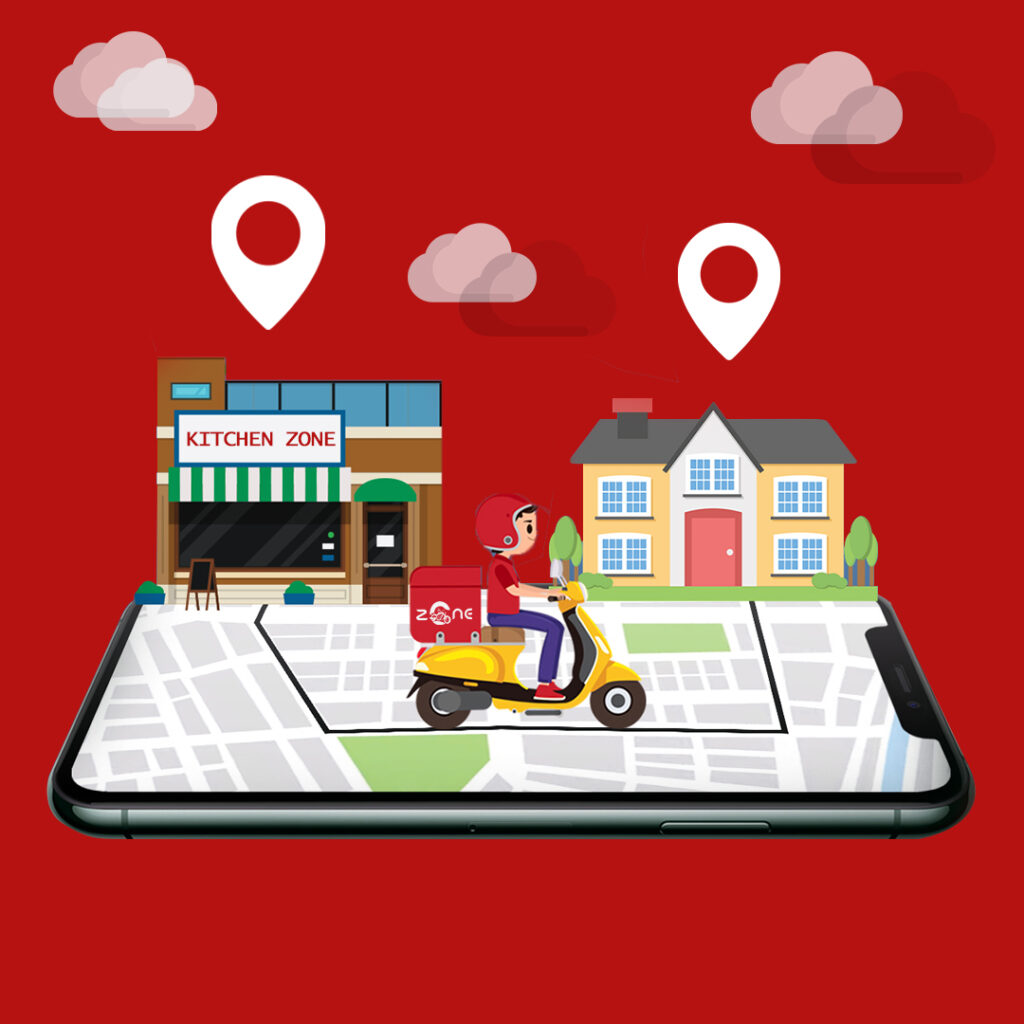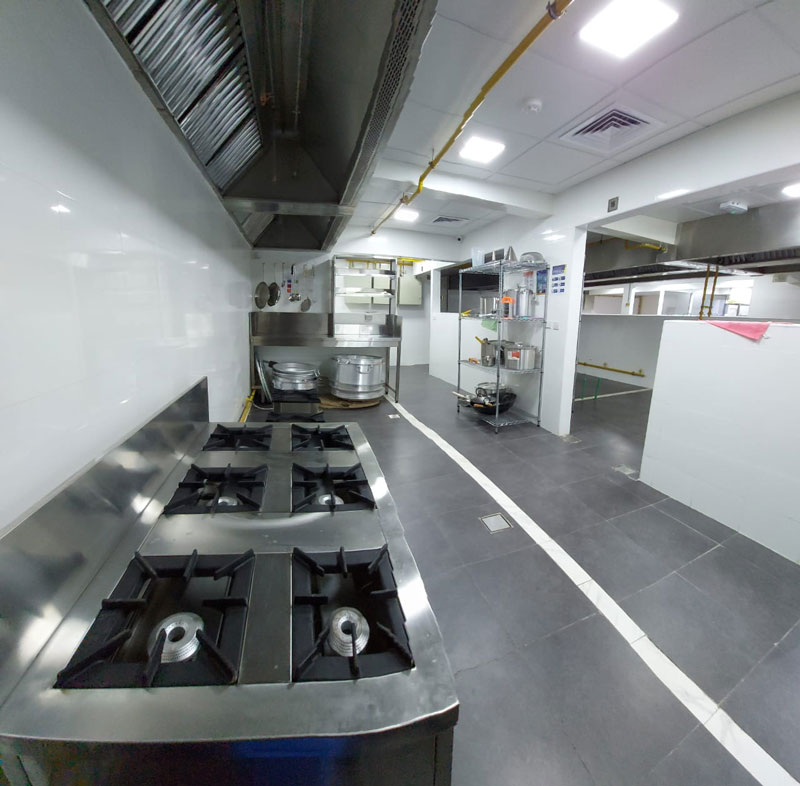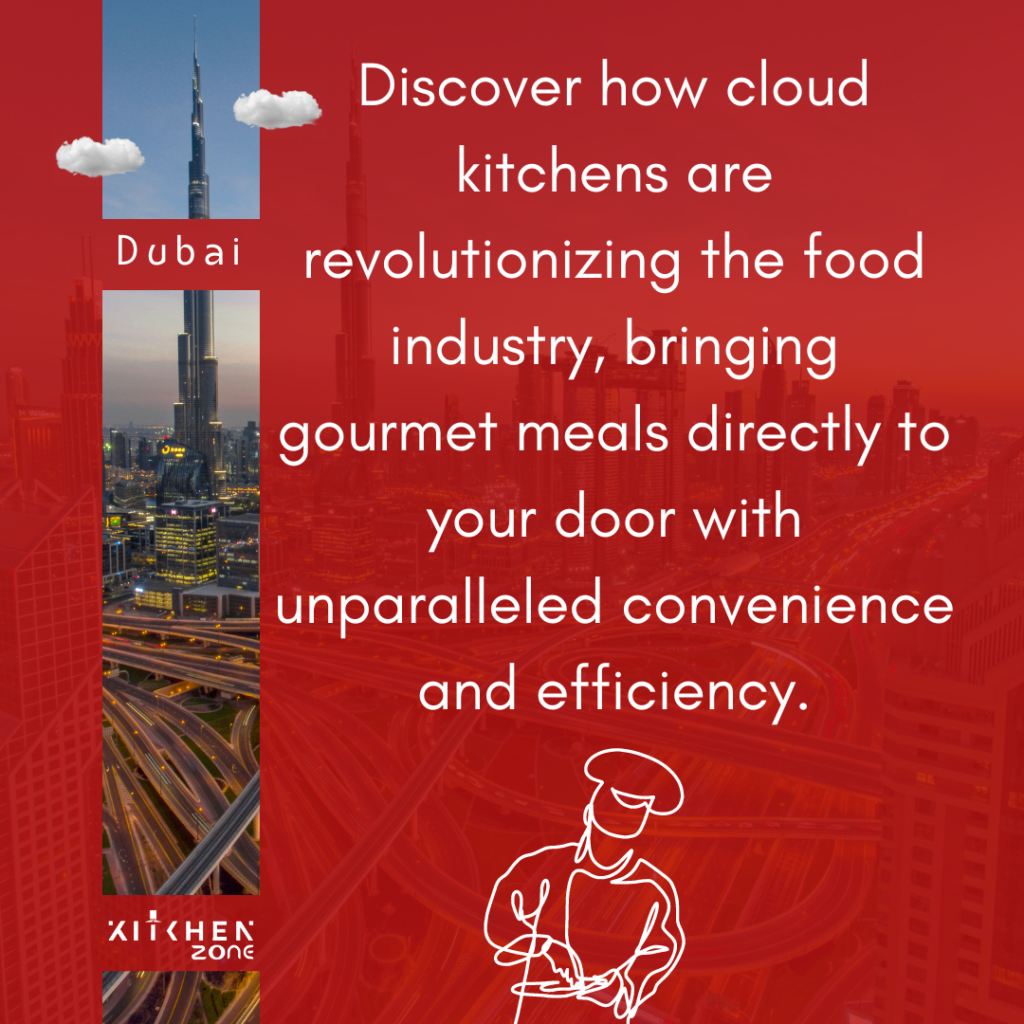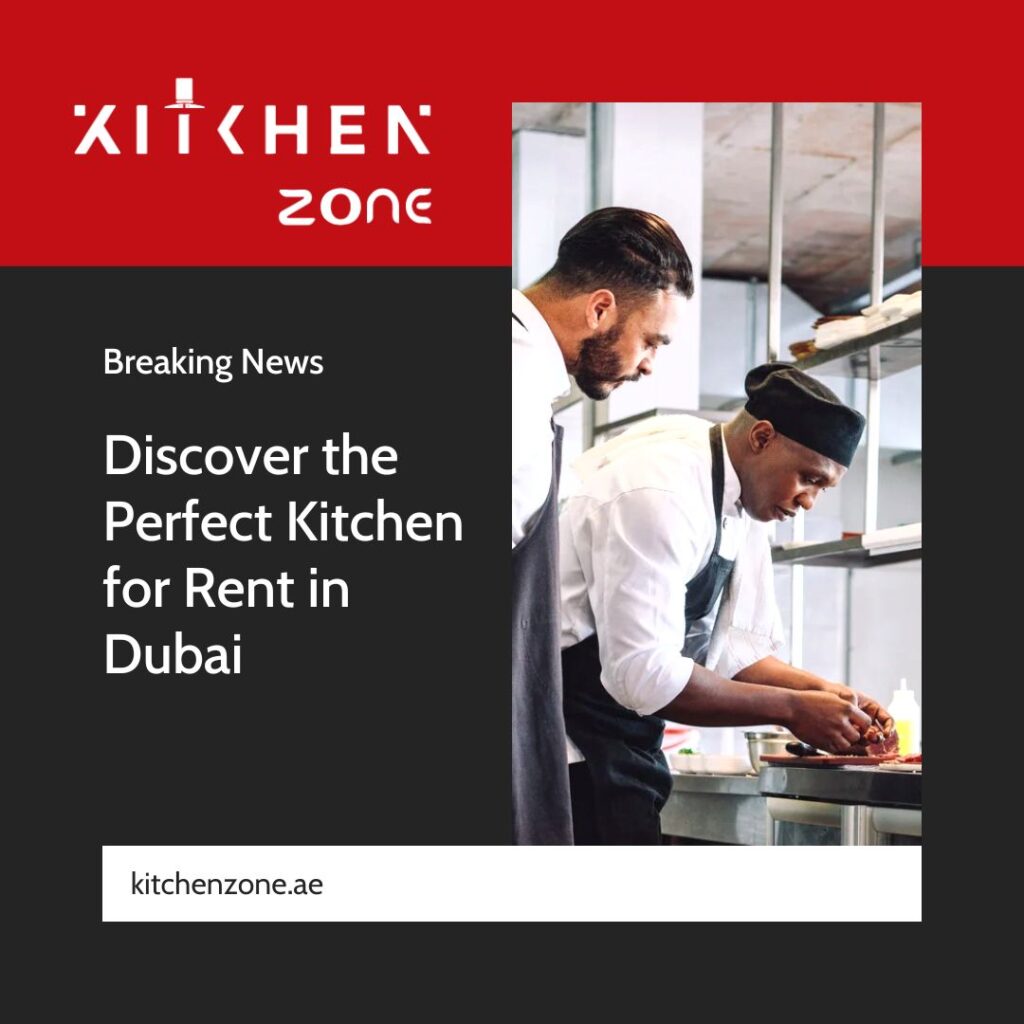A cloud kitchen is a commercial cooking area that gives restaurants the tools and support they need to make meals for takeaway and delivery. Contrary to conventional brick-and-mortar establishments, cloud kitchens enable the production and delivery of culinary goods with low overhead.
According to recent data, meal delivery orders rose by more than 150% between 2019 and 2020. UBS predicts that the food delivery business will grow more than 10 times over the next ten years, from $35 billion per year to $365 billion. As the need for food delivery rises, more and more restaurant owners and food entrepreneurs are turning to cloud kitchens as an excellent business option.
Table of Contents
How Can I Launch A Cloud Kitchen?
Your food business will save time, money, and hassle with cloud kitchens. Each provider of cloud kitchens has a different procedure for getting a rental. We streamline the procedures at Revolving Kitchen. Contact Kitchen Zone by phone at (972) 50-509-0156 or online using our simple contact form to get started. We’ll discover more about:
Your Company: We are interested in your company objectives and food products. To best assist you, please tell us a little bit about your restaurant or food company.
What You Prefer: For the best fit for your operations, Kitchen Zone offers a variety of kitchen sizes and layouts.
Your inquiries: We’re here to make it as simple as we can for you to begin.
After that, we’ll arrange a trip for your business team. After all, we like showcasing our brand-new, fully functional kitchen units and contemporary conveniences.
Who Uses Cloud Kitchens?
Favorite neighborhood eateries as well as well-known national brands are swiftly choosing cloud kitchens as the best way to grow their businesses. Here are a few different company categories that are using ghost kitchens as part of their expansion plans.
Delivery-Optimized Restaurants: Restaurants that are geared for delivery may fulfill orders without incurring additional costs or inconvenience. To gather orders and streamline delivery operations, cloud kitchen-based restaurants employ online meal delivery services (such as Talabat, Deliveroo, and Noonfood) or their white-label platform. Food is then delivered to customers’ homes or workplaces after they place an order via mobile devices.
Caterers: Do you run a catering business and want an affordable private kitchen with lots of cold and dry storage? Cloud kitchens are the perfect answer.
Meal Prep Businesses: Meal prep businesses frequently only require kitchen space for a few days per week. This freedom is available to you through cloud kitchens.
Makers of packaged foods: Cloud kitchens can offer sufficient equipment and warehouse space to let producers of packaged foods expand.
Food Product Testing: A cloud kitchen is a low-risk, low-investment solution that enables your business to market test fresh food goods and brand ideas.
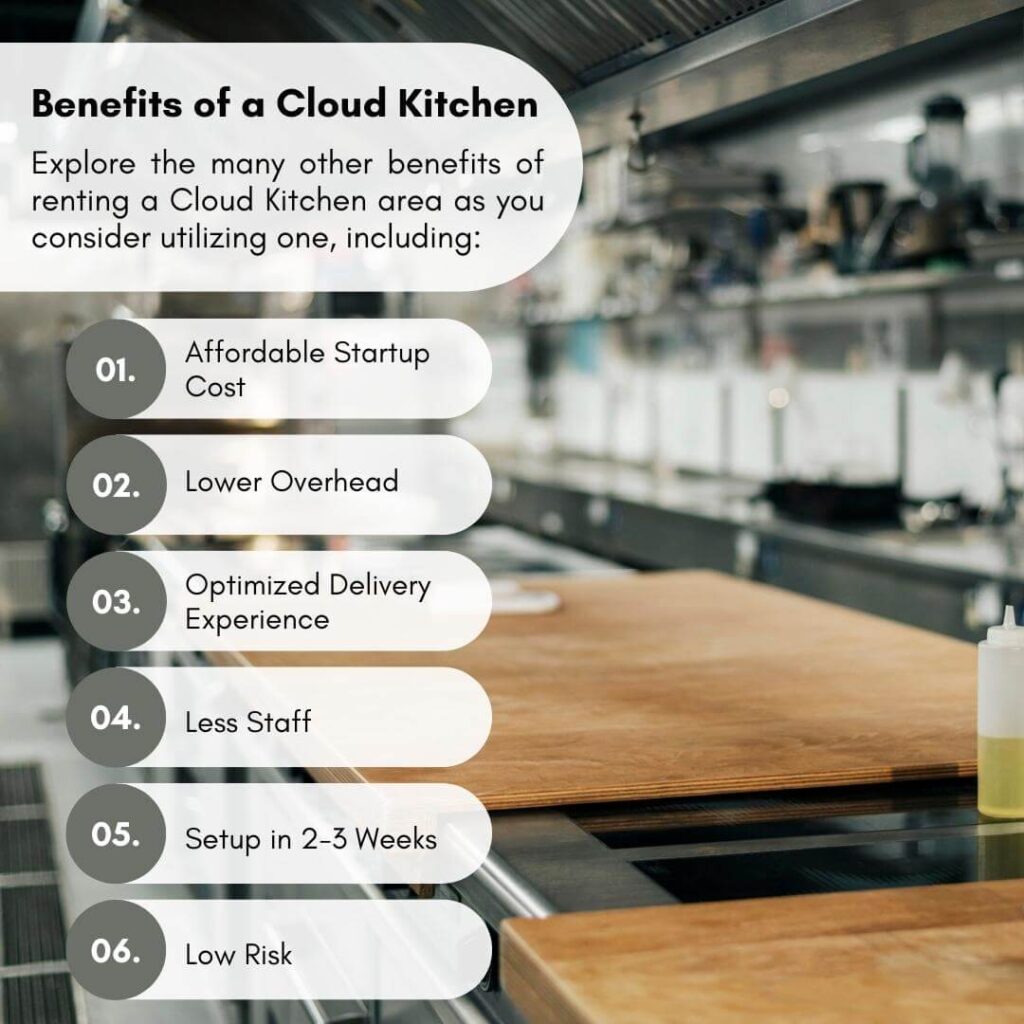
Benefits of a Cloud Kitchen
Cloud kitchens give customers the freedom to concentrate on food production and product promotion while minimizing the logistical and administrative annoyances that frequently burden the food industry.
Among the many advantages of cloud kitchens, the following are just a few more:
1. Affordable Startup Cost
Utilizing cloud kitchens helps food firms save money. Since food enterprises no longer need to invest money in building inspections, pricey building construction, zoning compliance, etc., leasing a commercial kitchen from a Cloud kitchen provider lowers beginning costs.
2. Lower Overhead
Traditional restaurant operators have found it difficult to stay afloat because of the high property taxes, high utility prices, burdensome employee wages, and annoying maintenance expenses. These costly and time-consuming administrative annoyances are handled by cloud kitchens. Restaurants that run out of cloud kitchens frequently just have one or two cooks on staff and split costs with other tenants.
3. Optimized Delivery Experience
Have a physical restaurant that is crucial to your brand? With cloud kitchens, you may grow your business by streamlining delivery from a single location and generating more money. Cloud kitchens enable your physical restaurants to handle increased demand without taxing the kitchen personnel with online meal delivery requests.
4. Less Staff
In Cloud Kitchen, is a delivery-only kitchen with no dining, and no sitting area. You can take less staff to save your budget and time to manage all of them.
5. Startup in a week
In addition, cloud kitchens enable food enterprises to launch quickly, as compared to the months or years needed for conventional leases or construction financing.
6. Low Risk
Cloud kitchens are cheaper than restaurants as compared to time and money. Below we will tell you in detail.
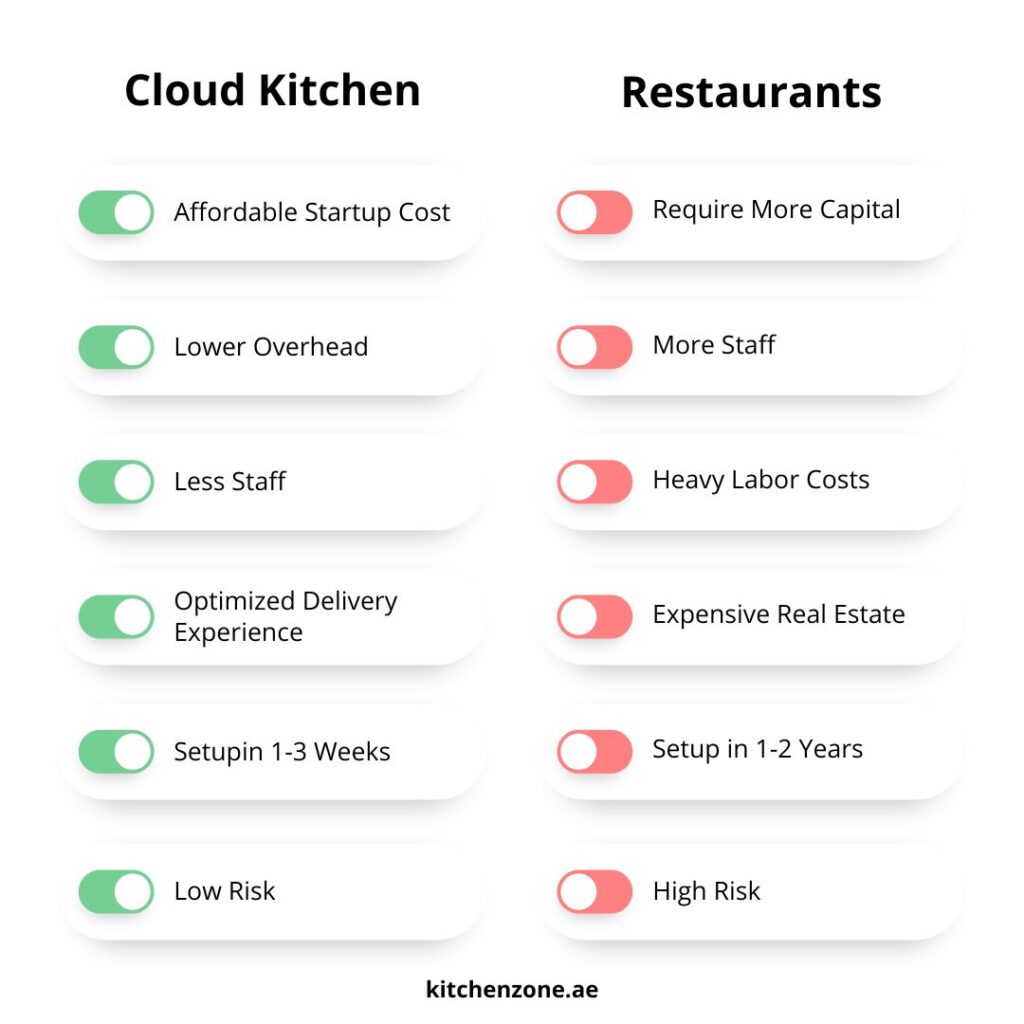
Cloud Kitchens vs. Restaurant
In cloud kitchens, the restaurant business model is enhanced with contemporary convenience and more cost reductions. Here are a few significant distinctions between eateries and cloud kitchens:
1. Capital And Administrative Sassle Requirements Are Higher For Restaurants.
A dining space, a host stand, a bar, a waiting area, and facilities for customers and workers are frequently needed in restaurants. More room entails more costs and more maintenance. Cloud kitchens provide private commercial cooking areas, but all customers share the costs of shared amenities (such as restrooms and halls). don’t require as many spaces as a regular restaurant. Instead, the room might be used to create practical spaces for your kitchen employees.
At Kitchen Zone, many of our options are larger than average restaurant kitchens. You can rent a cloud kitchen anywhere from 13 to 16 square feet. Standard restaurant kitchens can be as small as 13 to 14 square feet. Test multiple concepts, take on plenty of orders, and have a more comfortable working environment in a cloud kitchen.
2. Restaurants Require More Staff
Restaurants need managers, hosts, waiters, cooks, bartenders, maintenance staff, and chefs. A ghost kitchen just requires employees to prepare the meals and supervisors to oversee the establishment. If you don’t provide order pickup, the rental facility will supply maintenance workers for you, and you won’t have any in-person clients for the waitstaff to serve.
3. Cloud Kitchens Have Lower Startup Costs
It costs a lot of money to open a restaurant because of employees, cooking equipment, furnishings, and utilities, not to mention expensive rent or a hefty mortgage. Flat-fee pricing for administrative elements including cleaning costs, garbage collection, and cooking equipment is a common aspect of cloud kitchens.
4. Cloud Kitchens Have Higher Profit Margins
The amount a business makes after deducting costs like rent, employee salaries, monthly utilities, and general upkeep is known as its profit margin. Since traditional restaurants have so many more starting costs and overhead expenditures, they often have lower profit margins than eateries operating in cloud kitchens.

